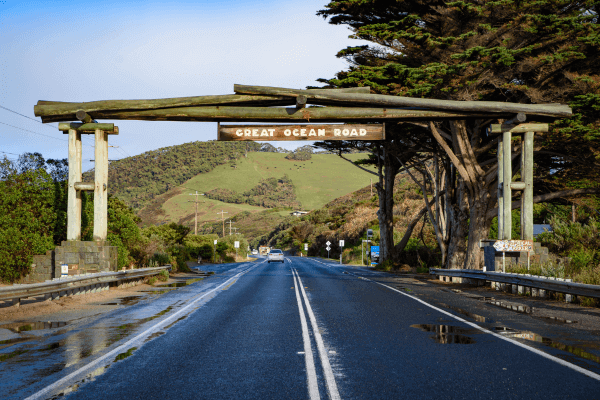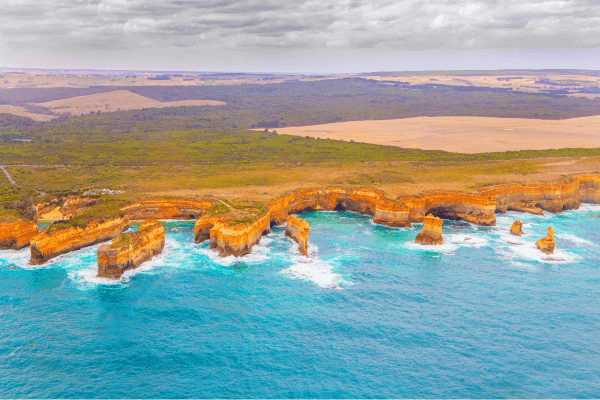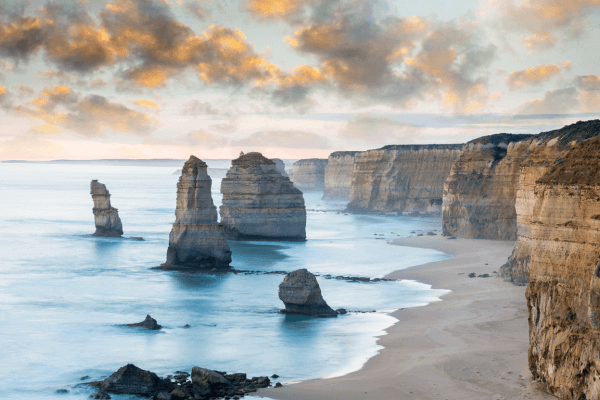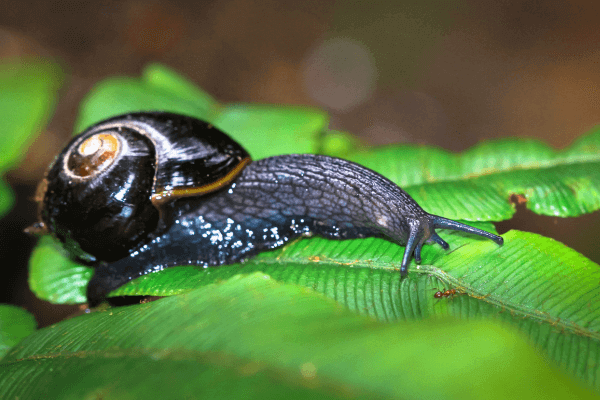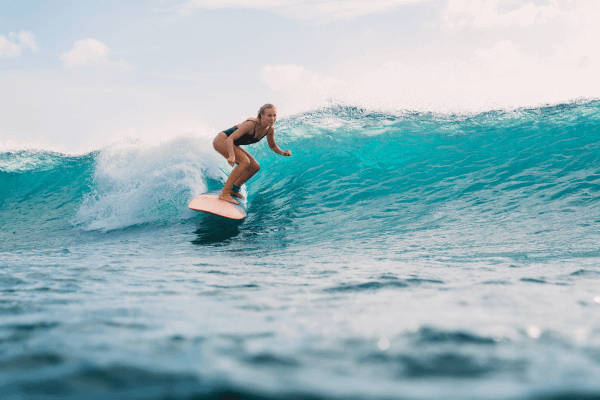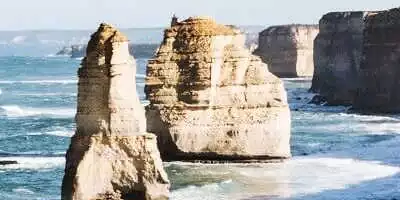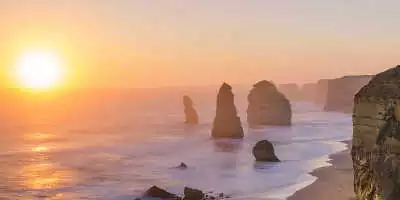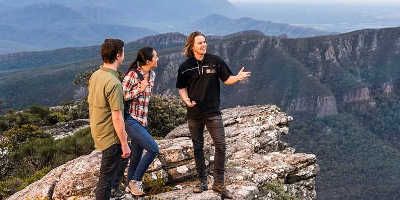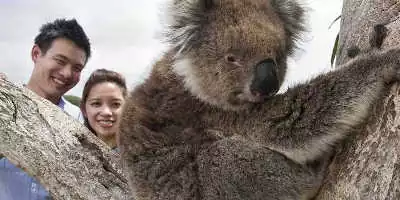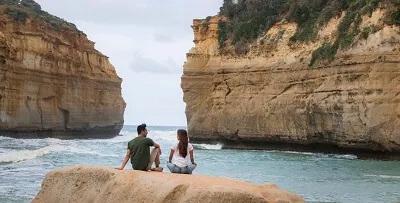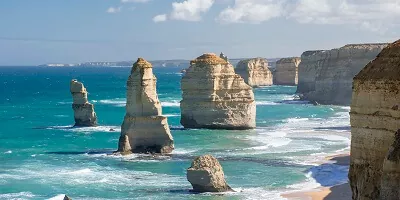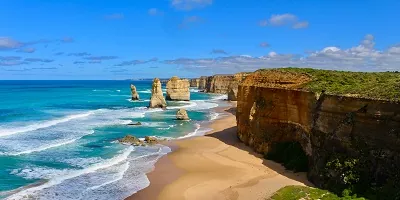
8 Fascinating Facts about the Great Ocean Road and 12 Apostles
Written by: Cameron Ward
Published: 08/17/2020
Reading time: 4 mins
Get to know this spectacular coastal drive near Melbourne with these interesting nuggets of information.
Travelling on the Great Ocean Road is one of the top activities to enjoy from Melbourne. The journey shows you a range of iconic sights such as the 12 Apostles, Loch Ard Gorge, the Otways and many charming seaside towns along the way.
Understand a little more about the Great Ocean Road and its attractions before your trip. Here are 8 fascinating facts that you may not have known about the Great Ocean Road and the iconic 12 Apostles!
1. It is the world’s largest war memorial
Construction on the Great Ocean Road began in 1919. It was constructed as a way to open up the region to road transportation. It was also aimed to create jobs for thousands of Australian soldiers who had returned from World War I.
The road is dedicated to the Australian soldiers who gave their lives in WWI. Memorial Arch, located at the eastern end of the Great Ocean Road, pays tribute to their sacrifice.
2. It’s 243 kilometres long
The scenic drive extends from Torquay all the way west to Allansford. There are many picturesque towns, pristine beaches and stunning lookout points to visit along the way.
3. There are at least 638 known shipwrecks lying at the bottom of the ocean along the Great Ocean Road
It’s no wonder they call the treacherous coastline from Moonlight Head to Port Fairy the Shipwreck Coast. While 240 shipwrecks have been discovered, many more lay undisturbed on the ocean floor.
4. The 12 Apostles were originally called the Sow and Piglets
Englishman George Bass named the limestone stacks the Sow and Piglets in 1798. The name was changed in the 1920s to the 12 Apostles. The name change was probably a marketing decision since it flowed better than the previous name. The name change was likely made in the hope of drawing tourists along the newly created Great Ocean Road.
5. But there were never 12 Apostles
Their new name wasn’t exactly correct, even back in the 1920s.
At most, nine apostles were visible from the lookout point until 2005. That was when another of the limestone pillars succumbed to the power of the ocean and collapsed into the water. Today, there are only eight remaining. Erosion, wind and waves continue to batter the remaining apostles, so it’s only a matter of time before another one slowly disappears.
6. The 12 Apostles are made of animal skeletons
Millions of years ago, the area surrounding the Great Ocean Road was covered by the ocean. During this time, the skeletons of billions of marine animals accumulated on the ocean floor. Over time, they ended up forming the limestone from which the 12 Apostles now stand.
When the ocean level receded, wind, water and erosion wore away weaker parts of the limestone. After the ocean level receded, the stacks we see standing today stood tall above the sea below.
7. The Great Ocean Road is home to a carnivorous snail
The spectacular scenery of the Great Ocean Road is not restricted to the coast. Take a walk through the Otway Rainforest to admire incredible ancient eucalyptus trees. If you keep your eyes towards the treetops, there’s a good chance that you may be able to spot a koala. The Otway Rainforest is also home to impressive tree ferns, but that’s not all you should keep an eye out for.
While strolling through the forest, be sure to keep an eye out for black snails. The small black snail is endemic to the forest and feasts on worms, slugs and other snails.
8. It’s home to the longest running event in the World Surf League World Championship Tour
Bells Beach is one of the most famous surfing beaches in Australia. It has hosted the famous World Surf League World Championship Tour every Easter since 1962 (except 2020 – damn covid-19). Due to its history and the popularity of the event, many travellers and locals come to watch this epic event.
Now you can embark on your Great Ocean Road journey with some new knowledge!
Related article: Which is the Best Great Ocean Road Tour?

